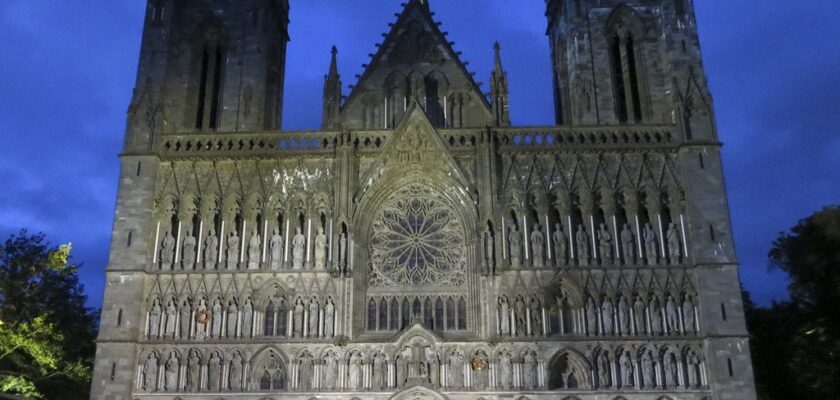Nidarosdomen Cathedral
Nidaros Cathedral is one of the most important places for pilgrims, every year about 400 thousand visitors from all over the world come to see the temple. It is located in the Norwegian city of Trondheim. Nowadays the cathedral is used as a parish church. Liturgies are held here several times a week. Nidaros Cathedral hosts various musical events on a regular basis.
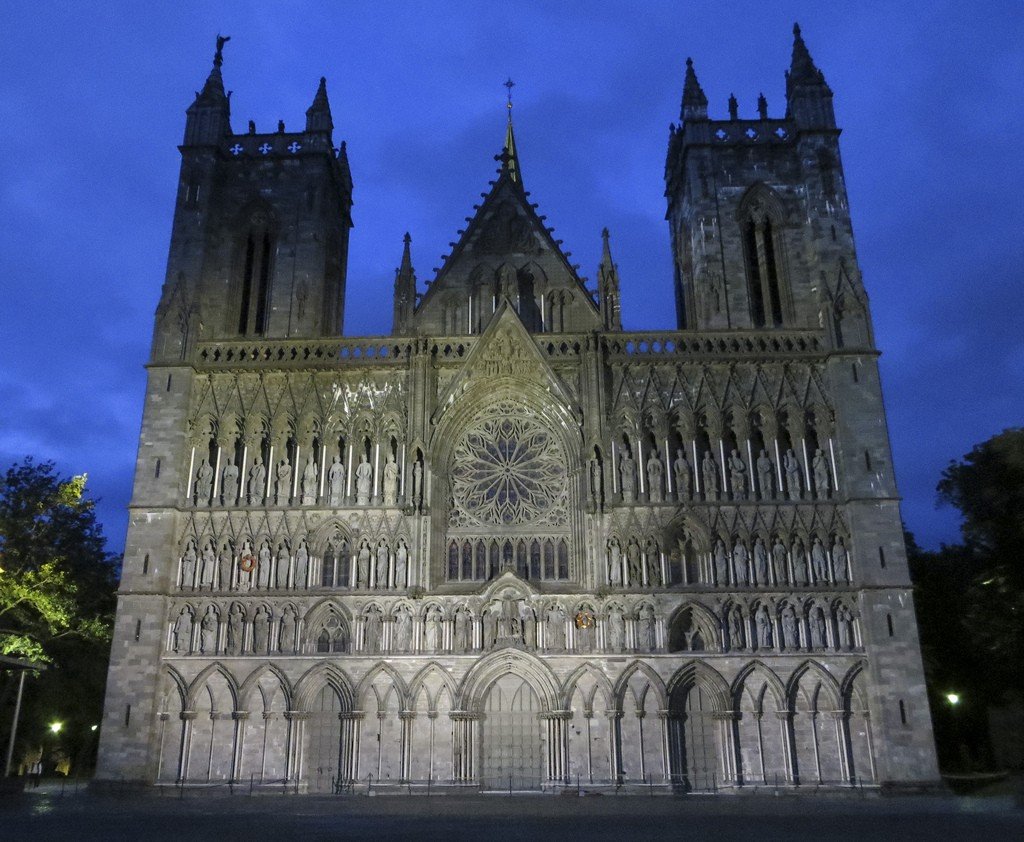

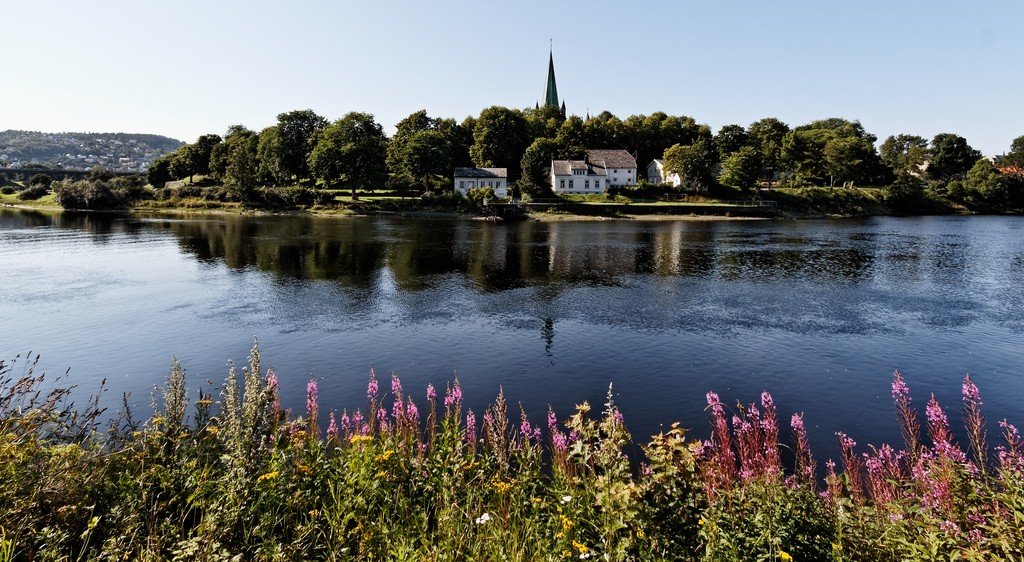
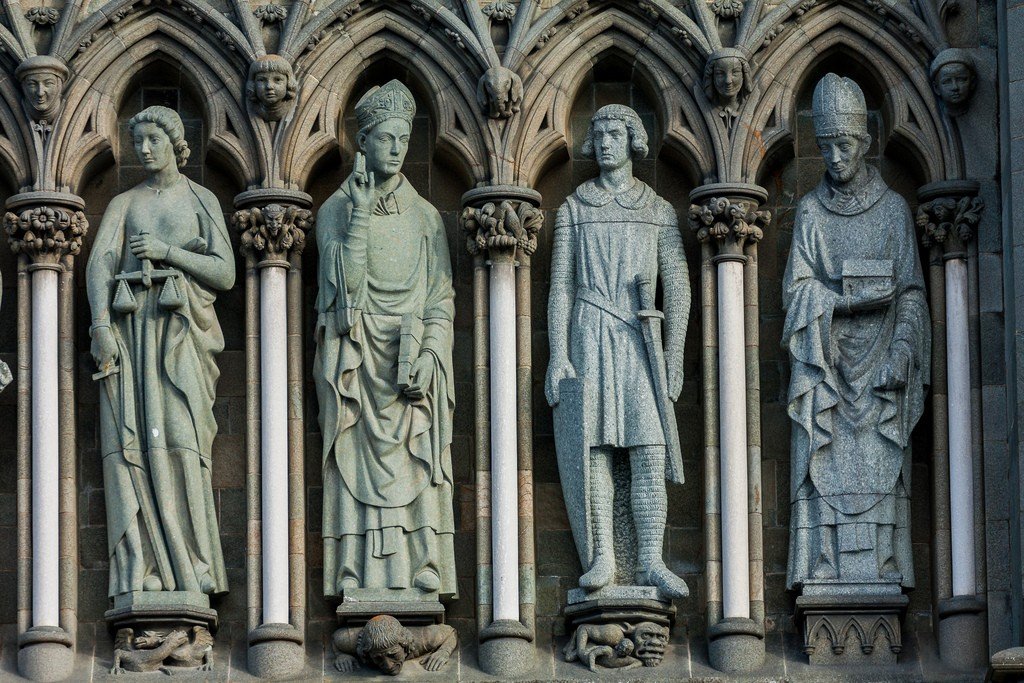
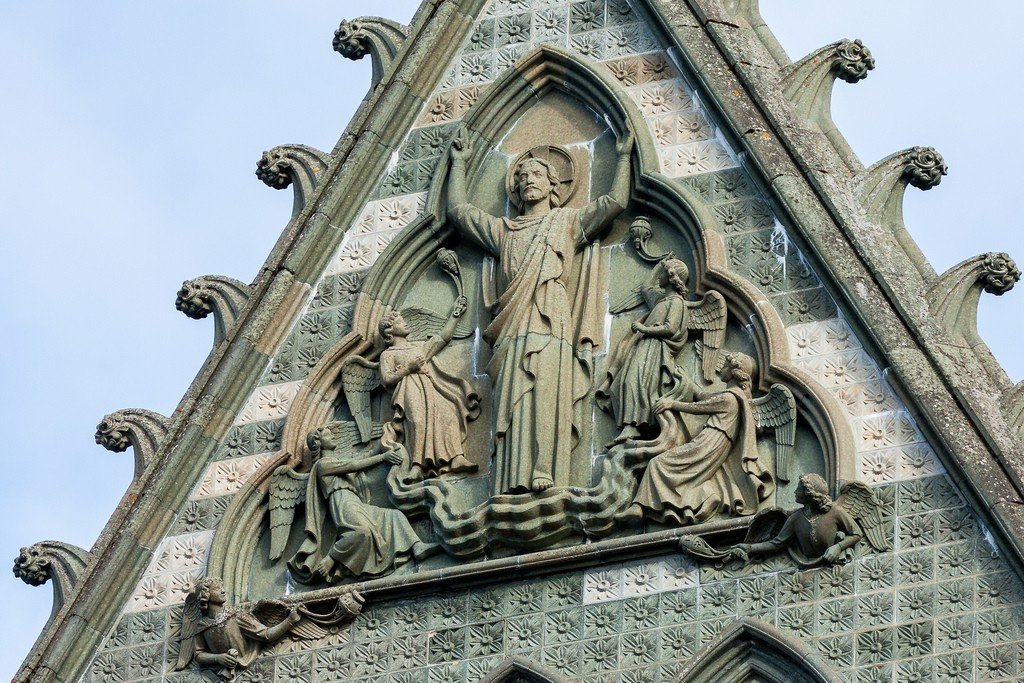
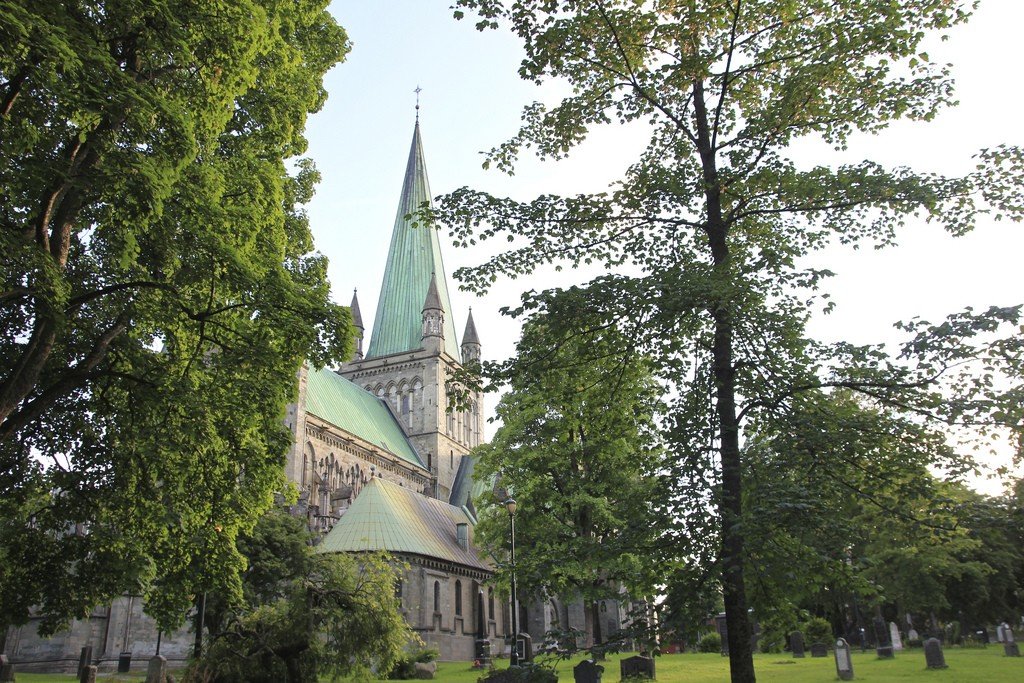
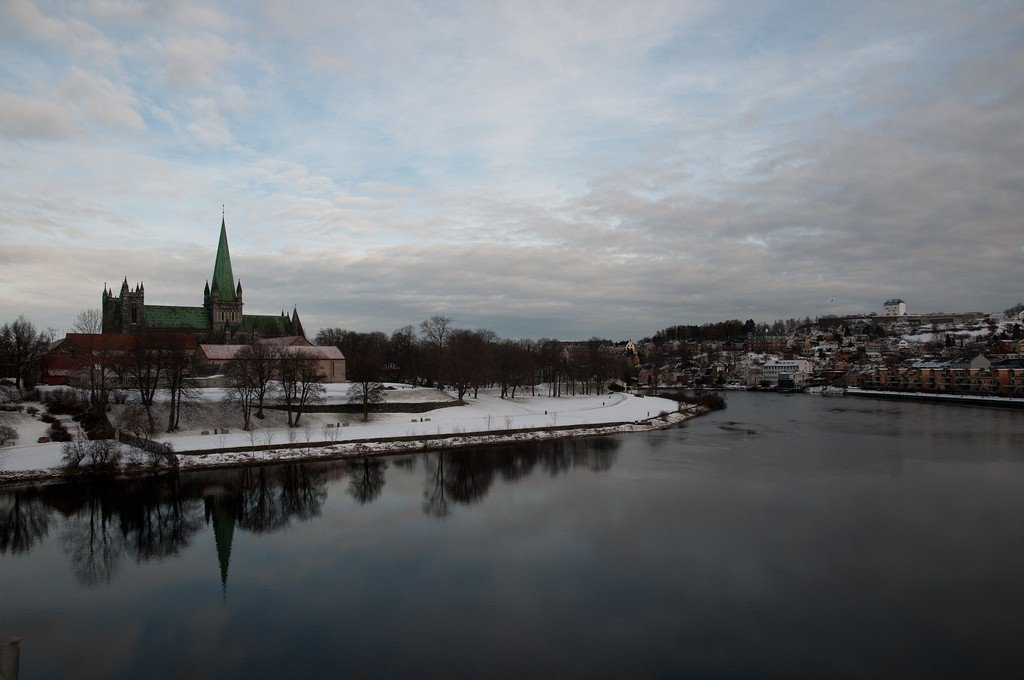
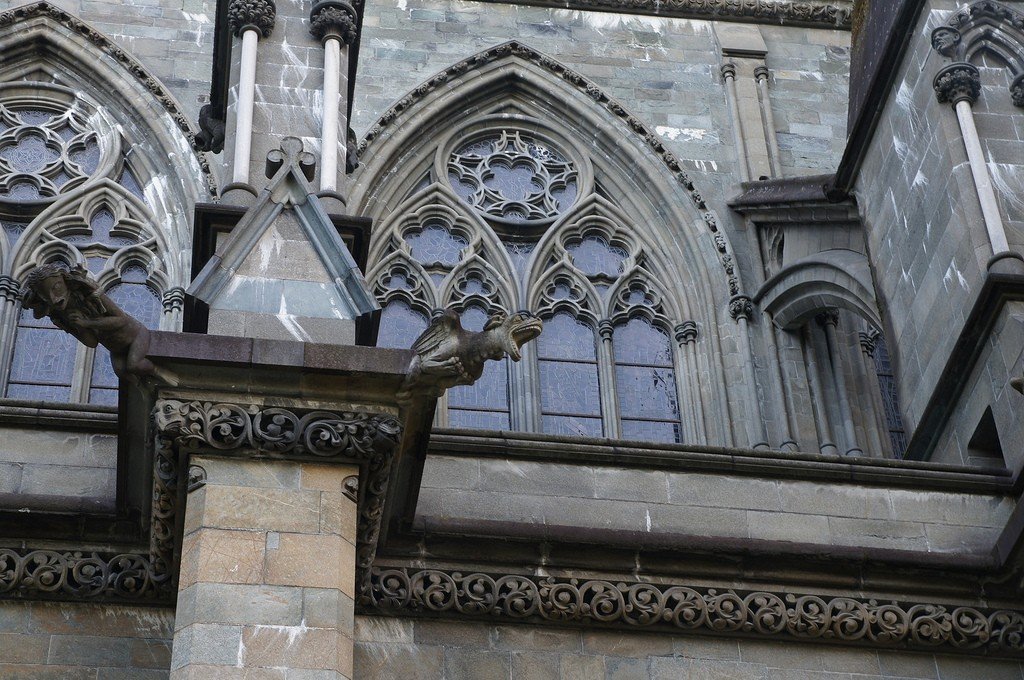
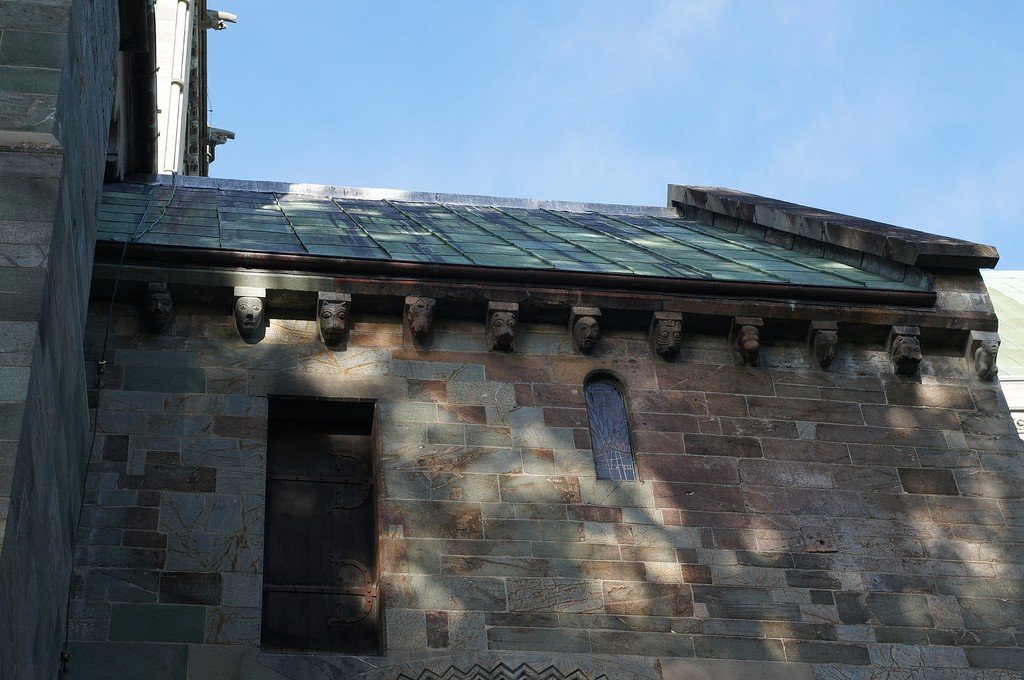
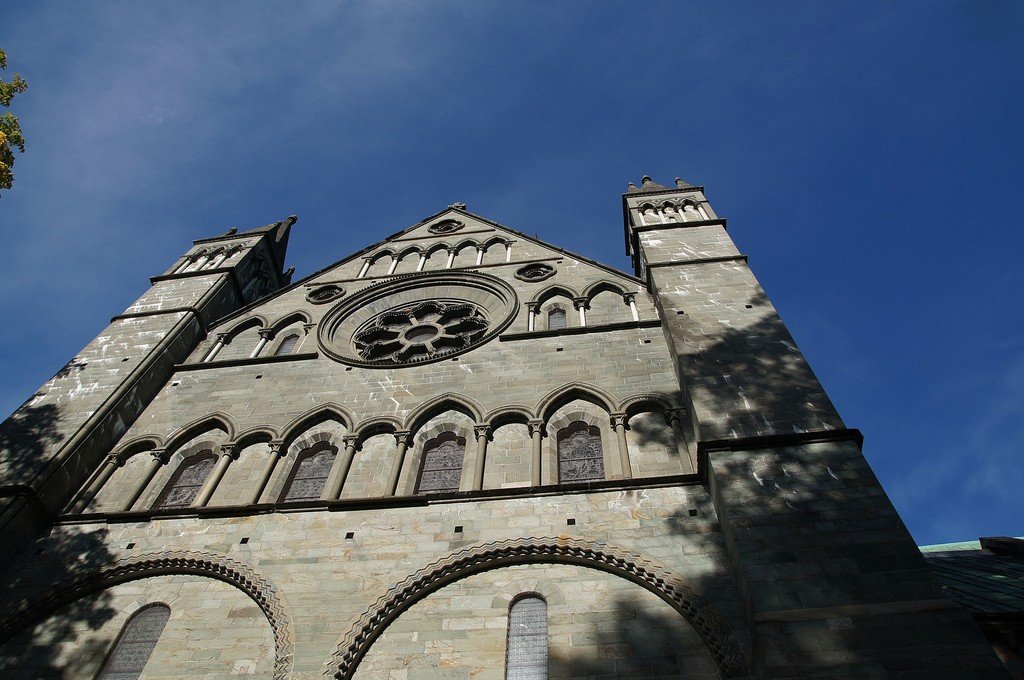
History
In the past, the cathedral was part of the Norwegian diocese, from its formation in 1152 until its dissolution in 1527. After the Protestant Reformation, the cathedral became the main church of the Lutheran bishops in Trondheim.King Olaf Haraldsson is believed to have been buried in the church by the river Nid after he was killed at the Battle of Stiklestad in 1030. It is believed that today’s Nidaros Cathedral was the burial place of the king. Exactly one year and five days after Olaf Haraldsson’s death he was proclaimed a saint, and for this very reason today pilgrims from all over Northern Europe rush to the cathedral.
.The first stone church around St. Olaf’s tomb appeared in the 1070s. It is believed that Nidaros Cathedral was completed with all its splendor and splendor around 1300. Soon after, the majestic temple was considered the most beautiful religious building in the country, and the structure has survived to this day without any changes. Naturally, over the centuries, the cathedral has gone through long periods of decline and regression, but today, after 130 years of restoration work, the Nidaros Cathedral once again shines in all its beauty and grandeur of the Middle Ages.
.What to see
Architecturally, Nidaros Cathedral is a combination of medieval styles. Based on a simple basilica from the 11th century, it was greatly enlarged in the early 12th century. The Romanesque transepts, with heavy curved windows and “dog’s tooth” artwork, were built by English masons from Lincoln.
The early Gothic octagon (1183-1220) includes carved cornices around the exterior, reminiscent of the style of the church at Kilpeck, UK. The nave and choir with its arcbuttons and elaborate tracery and fanciful gargoyles are also in the Early Gothic style. The nave shares features with Westminster Abbey Cathedral and Lincoln Cathedral. It was built in the early thirteenth century, but was destroyed by fire in 1719; the existing structure was painstakingly recreated in the late nineteenth century.
.The Gothic-style west gable is an imposing wall with niches filled with statuary, with twin towers and a central tall window. Very similar to the cathedrals at Exeter, Wells, Salisbury, while at the same time the sculptures are French influenced and reminiscent of those at Reims Cathedral. The sculptures, made in the 1900s, depict apostles, saints, Old Testament characters, bishops, angels, and allegories of Faith, Hope, and Love.
.The oldest part of the cathedral, as noted on the inscription, is the Chapel of St. John (1161), dedicated to St. John and St. Sylvester. The chapel contains a marble altar made in 1985 by sculptor Harald Vorvik.
.
The most important artworks of the cathedral are the works of the front of the altar (14th century), showing in the temporary chapel, scenes from episodes in the life of St. Olav, the most famous early images.
.The crypt of the cathedral contains an excellent collection of medieval tombstones discovered during the excavation of the cathedral, some dating from the 12th century, with inscriptions in Latin and Old Norse, and including portraits of the deceased.
.Nidaros Cathedral has a centuries-old history associated with church singing. Particularly impressive is the beautifully preserved large Romanesque-Gothic organ located within the walls of the cathedral. It was manufactured in 1930 by the ‘Steinmeyer’ company. The organ was first played in honor of the 900th anniversary of the Battle of Stiklestad. It was originally located in the northern part of the cathedral, but after restoration it was moved to the west wing.
.
The second antique organ, which reflects Baroque musical instruments, was made by Johann Joachim Wagner between 1738 and 1740 and restored by Jürgen Ahrend between 1993 and 1994. This organ has only 30 pipes, while the ‘Steinmeyer’ organ has 125.
.
Climbing up the tower of the cathedral you can admire the beautiful view of Trondheim.
.